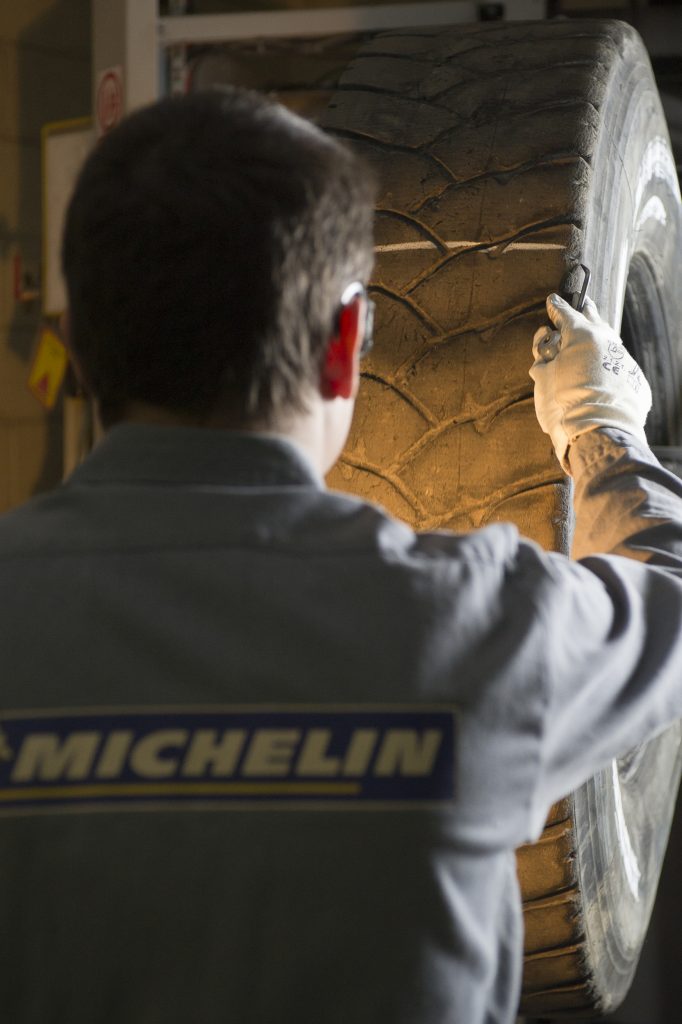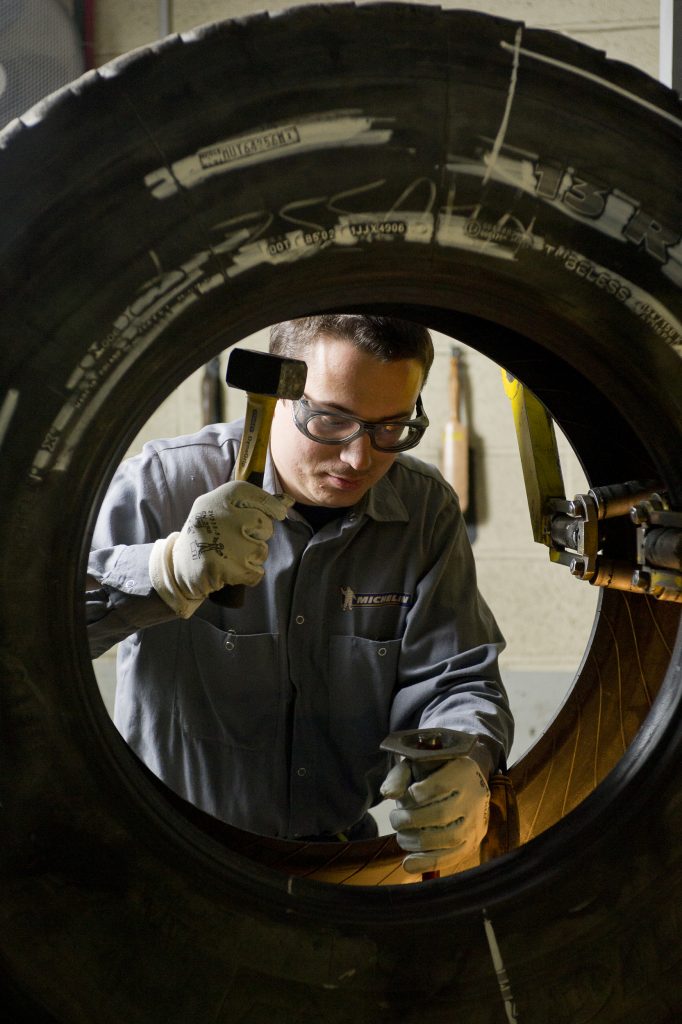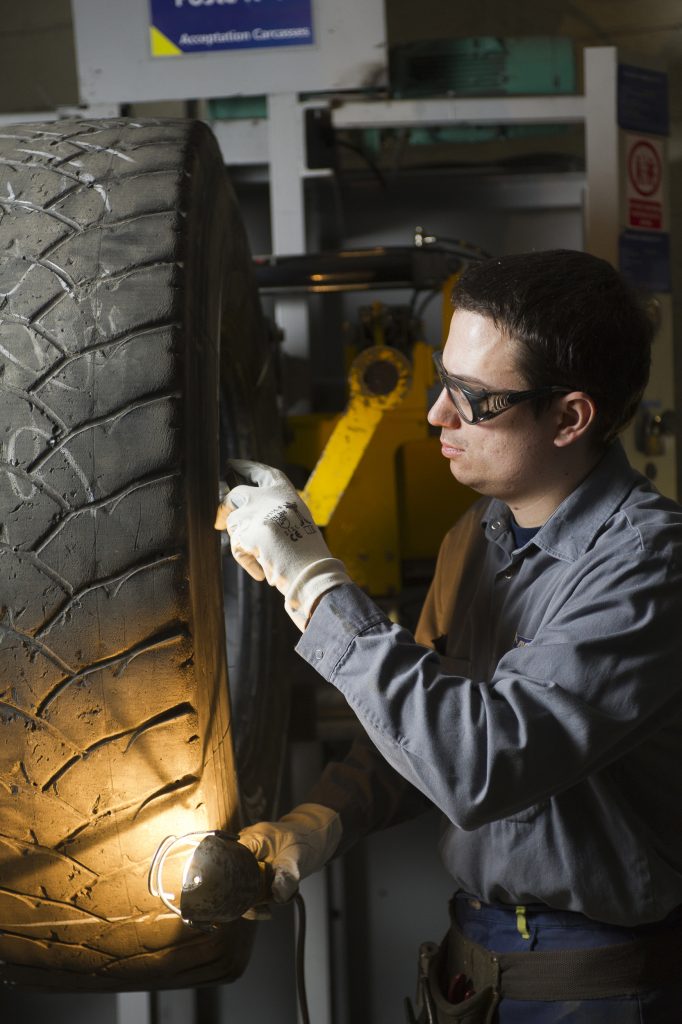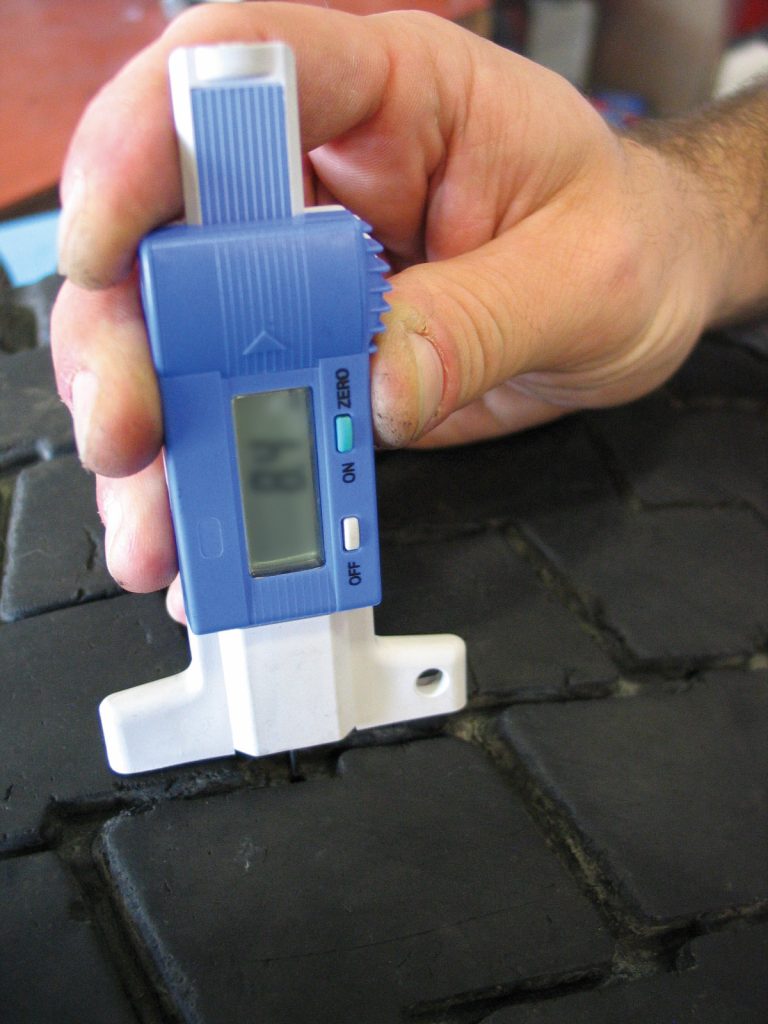Description
Retreading is a remanufacturing process which aims at extending the lifespan of tyres, especially the biggest ones, such as truck tyres. By removing the worn tread band and replacing it with a new one, whilst keeping the same structure, retreading optimizes the use of resources and brings social, economic and environmental benefits. Michelin has been engaged in the retreading business since the 1950s.
Added value
Environmental benefits, compared to a single-use tyre, a retreaded tyre allows saving:
- 70% natural resource extraction (ore, oil).
- 29% of land use.
- 24% CO2 emissions.
- 21% air pollution.
- 19% water consumption.
Social benefits, retreading requires a special tyre design as well as professional maintenance of the tyres, generating employment:
- At equivalent use, a retreaded tyre supports 4.3 times as many jobs as a non-retreadable imported tyre.
- Retreading supports the employment of 32,000 jobs in EU27.
Economic benefits, retreading is mainly a local production, benefitting to a majority of SMEs:
- A market size of €1.2 billion in the EU.
- 3/4 of the total production benefits local companies.
Challenges
A surge of imported single-life tyres threatens this circular model:
- A substantial share of competitors of European retreaded tyres follow a linear model of production, tyres are not retreadable and offer a shorter lifetime.
- The retreaded tyre market in the EU5 has already decreased by 20% over the past 5 years.
- Under the current trend, 5.700 jobs are at stake in the EU5 by 2020.
- Customer awareness of the environmental and social impacts of their choice is limited and they are faced with strong short-term cash constraints.
The inconsistent waste regulatory framework in Europe penalizes retreading:
- Tyres suitable for retreading are often considered as waste under national laws which makes no sense, as they retain an intrinsic value and could be remanufactured.
- Retreading operators are facing lengthy administrative processes, going through end-of-waste criteria to put tyres back on the market.
However, there are opportunities to support retreading by:
- Qualifying retreading as a reconditioning and remanufacturing activity under the Waste Framework Directive.
- Supporting this activity through Green Public Procurement and Innovation deals.



